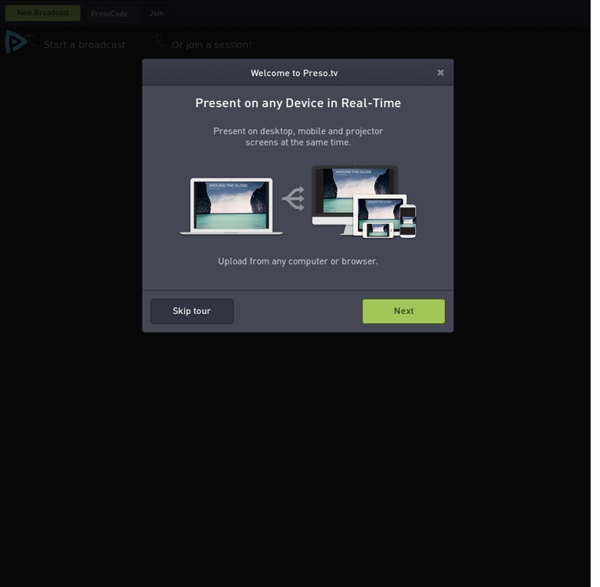



TodaysMeet BlueGriffon EPUB Edition A license for a single user on a single computer is 195€, exclusive of VAT. VAT applies to all countries in the European Union. After purchase, you will receive from us two very important messages by email so please make sure your antispam allows emails from domain @disruptive-innovations.com before purchase. First message contains a download link to the User's Manual and a license key. Second message contains a transaction ID. You will need both the transaction ID and the license key to activate your license of BlueGriffon EPUB Edition through the Preferences panel of the application. You can always de-activate an already activated license to switch user/computer. All future minor updates of BlueGriffon EPUB Edition will be free for you. Purchases are processed by our partner e-junkie.com and through PayPal. Volume (>= 10), OEM and educational (Academic) discounts available, please contact us.
Remue-méninges et pense-bête en ligne Le remue-méninge (ou brainstorming en anglais) est un exercice qui consiste à rassembler le plus grand nombre d'idées ou de suggestions dans un temps limité, avec le plus faible degré de contrôle possible. C'est un exercice de créativité, facilitant la recherche d'alternatives ou d'initiatives originales, hors des sentiers battus. Le meilleur équipement pour pratiquer le remue-méninge est sans aucun doute composé d'un mur au fond uni et de papiers adhésifs repositionnables, de manière à organiser les suggestions après la phase de production spontanée. Il est possible de pratiquer le remue-méninge en ligne, sans installation sur machine, grâce à des applications prévues à cet effet. Globalement, ces applications proposent toutes le même service de base : sur une page vierge, les utilisateurs autorisés déposent des notes qui ressemblent plus ou moins aux célèbres penses-bêtes autocollants jaunes que nous utilisons régulièrement. Ces notes peuvent ensuite être réorganisées sur la page.
textivate Basic Features, Online Whiteboard Start for free — upgrade anytime. Join over 2 million users worldwide A solution for everyone Create a centralized hub for strategy and planning and ship more, faster. Learn more → ProductDevelopment Ideate, organize insights, design flows, and collect feedback in real time. UX Research& Design Keep everyone aligned, increase team throughput, and deliver better results. Lean& Agile Rest easy with enterprise-grade security We take your security and privacy seriously. Centralize & standardizecommunication Create a hub for cross-functional work that also works with all your other tools. Projects See collaborators’ cursors to track how team members engage with your boards. 20+integrations Account& user administration Painlessly scale account administrationand user permissions company-wide. All apps & integrations → Makecollaborationeasier Mouseovercollaboration Easy screen sharing& presentations Share your work directly fromthe Miro platform. Embedded video, chat& commenting Widge Infinite canvas
Mind Mapping - Create Mind Maps online Panoramas.dk- Roger Waters The Wall - Mount Everest 60 years Anniversary - Photo Panoramiques Measuring the Evolution of Contemporary Western Popular Music : Scientific Reports To identify structural patterns of musical discourse we first need to build a ‘vocabulary’ of musical elements (Fig. 1). To do so, we encode the dataset descriptions by a discretization of their values, yielding what we call music codewords20 (see Supplementary Information, SI). In the case of pitch, the descriptions of each song are additionally transposed to an equivalent main tonality, such that all of them are automatically considered within the same tonal context or key. The dataset contains the beat-based music descriptions of the audio rendition of a musical piece or score (G, Em, and D7 on the top of the staff denote chords). Full size image (297 KB) We first count the frequency of usage of pitch codewords (i.e. the number of times each codeword type appears in a sample). (a) Examples of the rank-frequency distribution (relative frequencies z′ such that ). Full size image (374 KB) Codeword frequency distributions provide a generic picture of vocabulary usage.
Blog de la médiathèque du réseau CANOPÉ - site de Beauvais Beaucoup de concours classés par date inscription en cours, mise à jour régulièrement . RAPPEL INSCRIPTIONS aux Olympiades de #Physique #Chimie #GéoSciences #Mathématiques #Sciences Concours #EurêkaMaths pour #Ecoles #Colleges CM1, CM2 et 6e L’objectif de ces défis mathématiques est de résoudre des problèmes par équipe, dans un temps limité, en favorisant l’autonomie et la coopération des élèves. Ce concours gratuit est constitué de cinq épreuves d’une heure réparties sur l’année scolaire et d’exercices de calcul mental en ligne. Concours national Mathador, édition 2016-2017 ouvert à toutes les classes de France métropolitaine et d'Outre mer, du CE2 à la 3e. Concours 1.2.3 Scratchez Le concours 1.2.3 Scratchez, lancé par la Dane pour la Semaine du Code devient inter-académique. Le Concours Moteur @leprojetmoteur TU AS ENTRE 14 ET 22 ANS ? Concours littéraire et photos autour du thème « Prises de bec » !